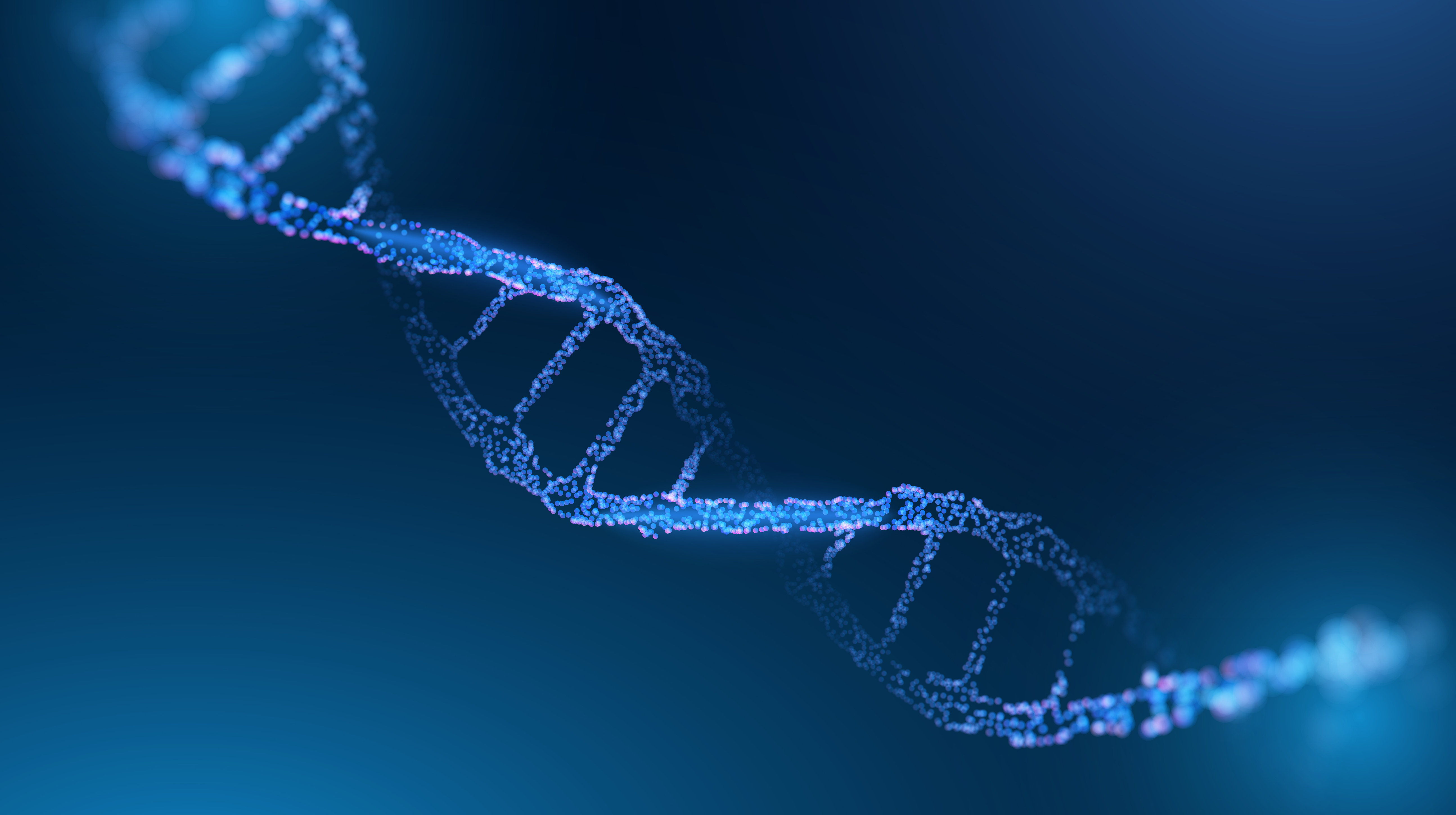A DNA nanoswitch that provides a simple mix-and-read methodology to detect RNases (ribonucleases) in a biological sample.
RNases are involved in many biological processes including neurotoxicity, genome replication and maintenance, immune-suppression, and antitumor activity. RNase inhibitors are also potential drug candidates and biomarkers for diseases such as cystic fibrosis and pancreatic cancer. In a laboratory setting, RNases are important for some molecular biology protocols, but can also be the source of frustrating contamination that degrades biological RNA samples. To avoid this, detection and suppression of RNases have become important. Unfortunately, commercially available kits have limitations including high cost, low sensitivity, or the need for signal amplification.
This DNA nanoswitch technology, developed at the University at Albany, is useful in a range of RNase sensing applications. The nanoswitch is initially locked in a looped state by an RNA strand. In the presence of an RNase, the RNA strand is cleaved, and the nanoswitch changes shape into the linear state. The DNA nanoswitch based assay can be customized to detect specific RNases either individually or as a yes/no presence test. The looped and linear states can be detected using agarose gel, a common tool in laboratories today. This nanoswitch reagent offers simple, customizable detection at pennies per test.

• Works in a range of temperatures.
• No labeling or signal amplification is required. This provides easy adoption for any lab and eliminates the need for expensive equipment.
• Simple and effective mix-and-read strategy with a gel-based read-out.
• Rapid readout: a start to finish assay in as little as 15 minutes.
• Biosensing – for detection of RNase activity in relevant biological fluids.
• Drug discovery – for screening potential RNase inhibitors.
• Lab cleaning/maintenance – for ensuring a RNase-free environment.
This Intellectual Property is protected through a US Patent Application
Technology Readiness Level (TRL): 4 - The technology has been validated in a lab and has a peer-reviewed publication.
This technology is available for licensing. The technology has potential for licensing in a range of RNase detection applications such as:
• Drug discovery (i.e. AIDS where RNase H inhibitors can help block disease replication).
• Research laboratories.
• Biosensing in biological fluids for disease detection (pancreatic cancer, cystic fibrosis, etc.).